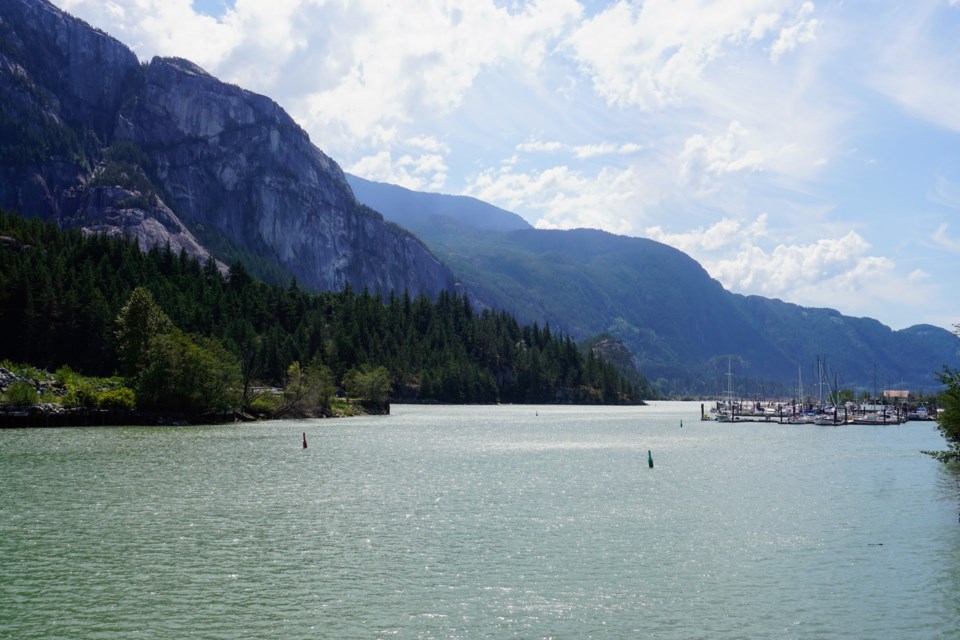�鶹�����residents may soon have an opportunity to comment on the next steps for the dredging of the Mamquam Blind Channel.
District of �鶹�����council members were given an update on the possible dredging scenarios for the Mamquam Blind Channel at a committee of the whole meeting on July 25. After hearing from staff, council unanimously voted to receive the draft and direct staff to solicit comments from the community before bringing the strategy before council again.
(Committee of the whole "decisions" are recommendations that then still need to be ratified by council at a following regular meeting.)
After some discussion about how to pay for the costs of dredging, committee members also unanimously voted for Mayor Armand Hurford to write to MP Patrick Weiler, Fisheries and Oceans Canada, Transport Canada, and the B.C. Ministry of Water, Lands, and Resource Stewardship on the challenges of local dredging and the need for dedicated funding to do so.
The staff report identified that current sedimentation deposits into the channel pose a risk to navigation safety. The report states, the channel “does not meet the designated navigation channel dredge depth and channel width design standards for two-way small boat traffic in a protected waterway.”
As such, the working group for the project decided there are two preferred scenarios.
One option is considered a stop-gap measure at the Sta’7mes (Stawamus) River which would dredge about 5,000 cubic metres of sediment at the mouth of the river and costs approximately $650,000. This option is similar to the dredging done in the channel in 2013, which was the last time dredging took place in the channel.
The manager of municipal infrastructure, David Roulston, told council that this would be considered a short-term option because of the limited dredging volume and the fact that the Sta’7mes river produces about 2,500 cubic metres of sediment per year.
“It's notable that this is not a full-service option,” he said.
The other option is a focused dredge which would see about 55,000 cubic metres of sediment dredged throughout the channel, not just at the river, and costs approximately $3.5 million.
“This option would benefit existing and future marinas within the channel, recreational users and marine industrial users,” Roulston said.
Other options were presented, one of which was to do nothing and two others that would ultimately dredge a larger volume of sediment.
As noted earlier, some of the council discussion with staff was around how the District intended to pay for the dredging.
Staff said a smaller-scale dredging option — such as the stop-gap measure at the mouth of the Sta’7mes River — could use general property taxation.
But the larger-scale options — like the $3.5 million option — could have user fees, local service area tax (tax on parcels that benefit from the dredging), contributions from commercial operators that use the channel, grant opportunities, or partnering with provincial and federal governments.
For more information about the Mamquam Blind Channel maintenance and funding, please review .





